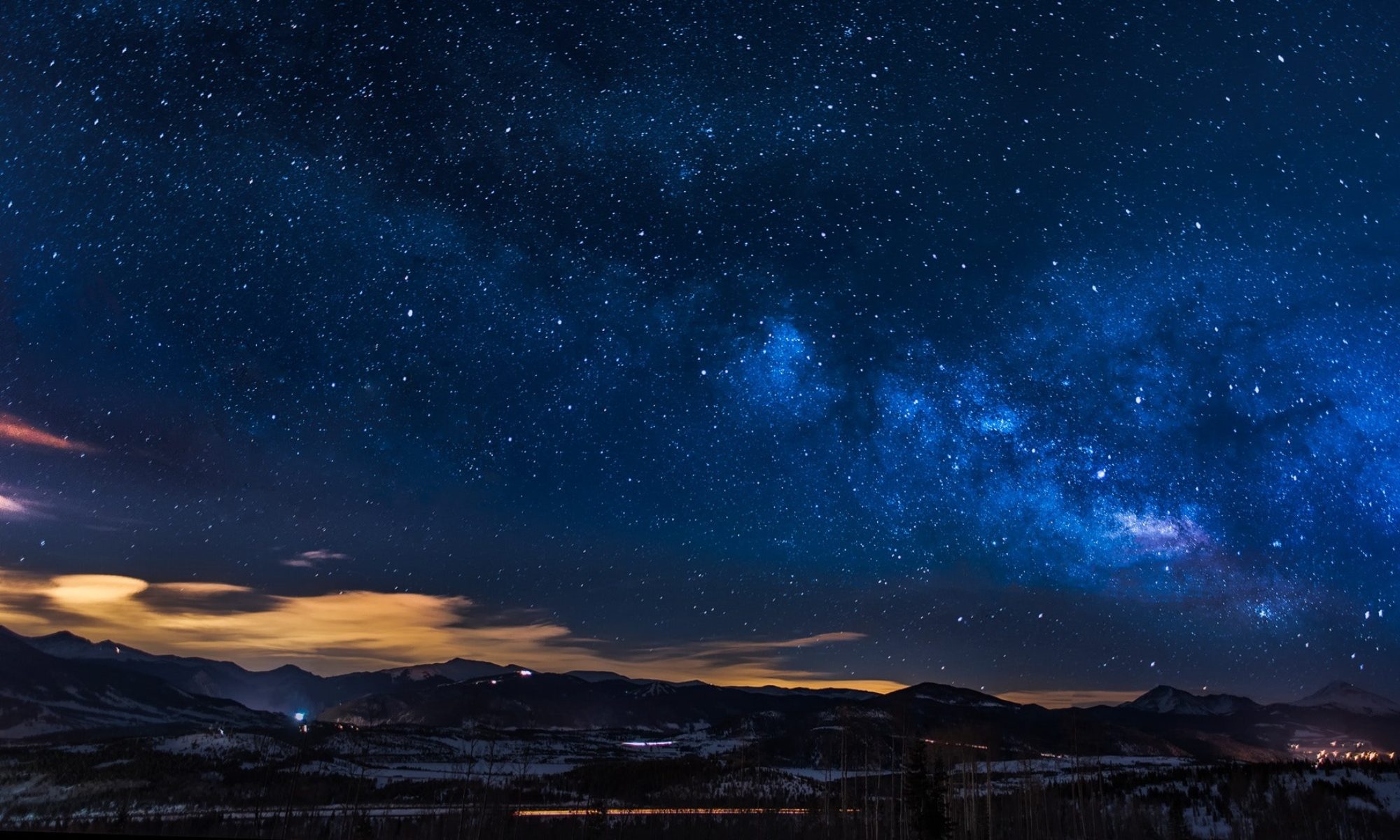When Jane Holtz Kay was growing up in Brookline, the Back Bay was where you went to the dentist. It was the ‘50s and the Back Bay’s veneer of elegance had peeled a bit.“It was filled with rooming houses and dentists’ offices,” recalls Kay, the architecture critic for The Nation and the author of Lost Boston and Asphalt Nation: How the Automobile Took Over America and How We Can Take It Back.
By the time I moved here, in 1990, the Back Bay was back again, beautiful and polished. Now, though, it seems not quite itself. Over the past decade I’ve seen it morph from a vibrant neighborhood into “Back Bay-land,” a theme-park version of a quaint urban area, with a salon for every finger- and toenail on Marlborough Street. I remember when the Pops played classical music on the Esplanade, when three bookstores thrived within a two-block stretch, when trash bins outnumbered newspaper boxes. Now, with notable exceptions, the unique, quirky shops are in other places–Charles Street, Roslindale, Porter Square–while Newbury Street grows fat on stores owned from afar and staffed by people who don’t know your name and don’t particularly care to. Well, to be honest, neither do my neighbors. People, what’s with the no eye contact, no acknowledgment, no smiling on the street?
In the book Toward the Livable City, Kay contributed a chapter about what makes cities, as she puts it, “lived-in.” The lived-in city, she says, is a place of “impersonal connections….City life is the sharing of space with absent-minded courtesy.”
Still, in Back Bay “absent-minded” often trumps “courtesy.” Unless you’re walking a dog, the neighborhood culture calls for no fraternization.
“The Back Bay lacks neighborhood connection,”Kay agrees, “whether nodding or chatting acquaintances. Perhaps everyone is in their cars in the back alley, versus, say, the South End, where they meet around their street by street park-lets to prune and plant.”
Well, we do have the Mall, the best front yard in the city. But maybe the things that are imposed on our neighborhood make us feel less connected to each other and to the place itself: the groundwater to keep our buildings upright blithely pumped away in construction projects, the (no-longer-local) corporations flexing their entitlement in road races that immobilize the neighborhood, Christmas lights (excuse me, “holiday lights”) on the Mall humiliating the stately trees from Halloween until St. Patrick’s Day, the shops that, as Kay says, all seem “tentative.” Kay notes the French Library is an example of a local institution that once contributed to a feeling of community, “but now is less intellectual in its offerings and less open to the neighborhood.”
Kay continues, “I miss delivery, takeout, and other ancillary services for the carfree…perhaps driven out by the realtors’ overpricing policies. Overall I always say that the Back Bay (and maybe Boston as a whole) is like a baby: if it weren’t so beautiful you’d want to strangle it.”
It’s in there somewhere. Little things pull us together, like the homeless man who used to hand out dog biscuits, and the Mall bench locals donated in his memory. For all its maddening shortcomings, Kay still clearly loves living in the Back Bay. So do I. Sometimes, walking home at sunset in the glow of those brick buildings, I can’t believe how lucky I am to be one of its temporary custodians. So, okay, I’m going to smile at the next person I pass on the street and see if I get at least a nod in return. It would be a beginning.
